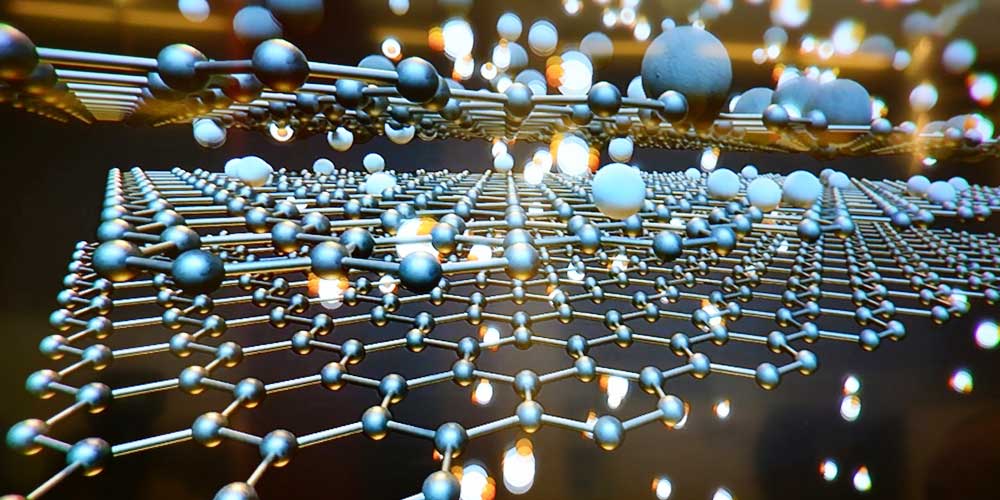Preparation and Present Situation of Ultrafine Non-metallic Mineral Powder

With the application of non-metallic mineral resources in various fields of economy and society, the development of non-metallic mineral resources has been significantly strengthened. Since these non-metallic minerals are used in many fields, there is a form of powder utilization, which makes non-metallic mineral powder in the industry. Processing technology puts forward higher requirements, such as ultra-fine.
Ultrafine powder refers to a series of ultrafine materials with particle sizes ranging from micrometers to nanometers. At present, the wide application of non-metallic mineral powders in modern high-tech new materials is based on their unique functions. The function of most non-metallic minerals depends on the particle size, distribution and particle shape. Such as reinforcement or reinforcement in polymer-based composite materials, strength and toughness of ceramic materials, covering ratio, coloring power as pigments for papermaking and coatings, and electrical, magnetic, optical, wave-absorbing and shielding properties of powders , catalysis, adsorption, rheology, antibacterial, decolorization, bonding, etc. are all related to its particle size, particle size distribution and particle shape.
Due to the ultrafine powder has excellent physical and chemical properties such as large specific surface area, high surface activity, fast chemical reaction speed, low sintering temperature, high sintered body strength, good filling and reinforcing performance, and high covering rate. Many application fields require fine particle size (micron or submicron) of non-metallic mineral raw materials (materials).
At present, in the processing of ultrafine non-metallic ore powder, physical method is the main preparation method. And generally speaking, the process of making raw materials into ultrafine powder is mainly divided into two steps: crushing and classification. The material first enters the ultra-fine crushing equipment for crushing. Because the structure of each particle is different, the energy required for crushing is different, and the force received in the crushing equipment is not equal, so the shape and size of the fine particles after crushing are not the same. , only part of the particles meet the particle size requirements. In the actual production process, the particles are often fully crushed by prolonging the crushing time to meet the particle size standard, which not only increases energy consumption, but may also lead to excessive crushing. Therefore, it is necessary to separate the particles with the required particle size in time, so the ultrafine classification technology also plays an important role in the preparation process of ultrafine powder.
At present, the commonly used ultrafine grinding equipment mainly includes impact mill, stirring mill, jet mill and vibrating mill. Regardless of how the powder industry develops, the main means of obtaining ultra-fine non-metallic mineral powders is still mechanical pulverization.
The classification of ultrafine powder is based on the fact that particles of different particle sizes are subjected to centrifugal force, gravity, inertial force, etc. in the medium, resulting in different motion trajectories, so as to realize the separation of particles of different particle sizes and enter their respective collection devices.
According to the different media used, the ultra-fine grade is generally divided into two types: dry type and wet type. Wet classification uses liquid as the dispersion medium, with high classification accuracy and good uniformity. However, there are a series of follow-up operational problems such as drying and wastewater treatment in wet classification, which limits its development.
At present, the classification equipment widely used in industrial production is the turbine air classifier, which can be divided into vertical wheel type and horizontal wheel type according to the installation form of the classifying wheel.
In the course of years of exploration and practice, non-metallic ore powder ultra-fine processing technology is becoming more and more mature, and there are more and more technical processes and equipment on the market. In order to improve production capacity and efficiency, relevant enterprises are carrying out non-metallic ore powder processing. In the process, combined with its own production reality and needs, make a comprehensive selection of technologies, processes and equipment, and strengthen the control of relevant parameters and process adjustments in the processing process.
